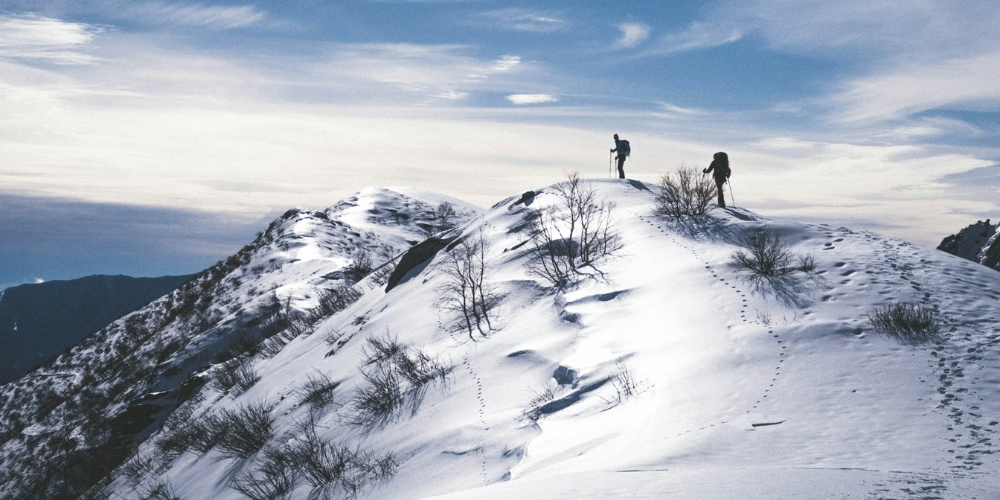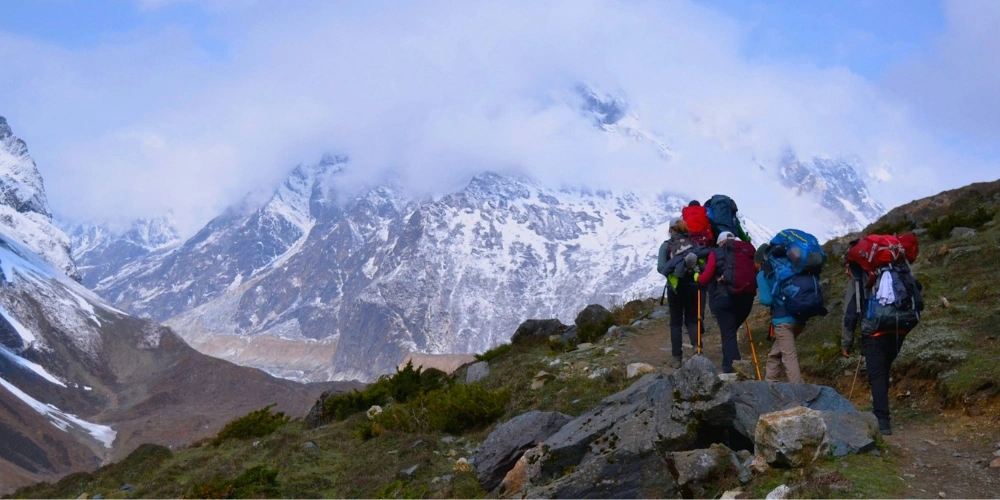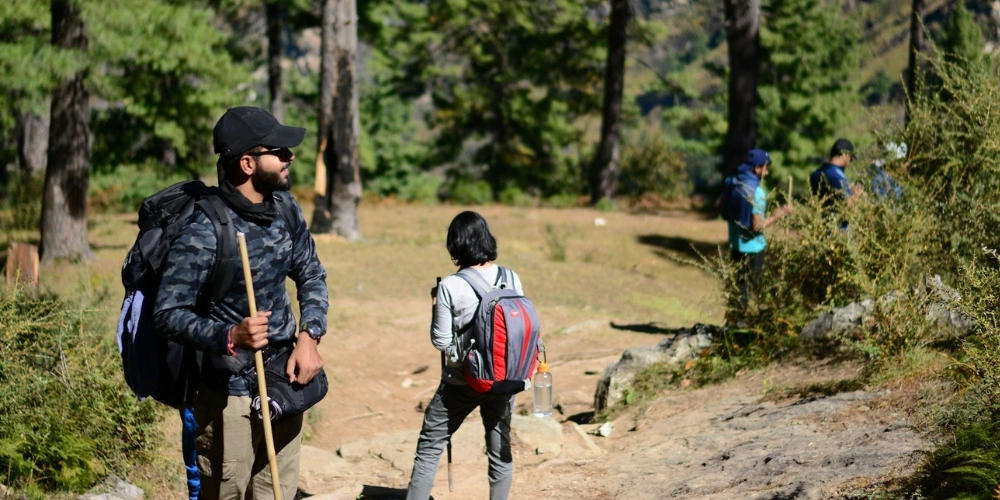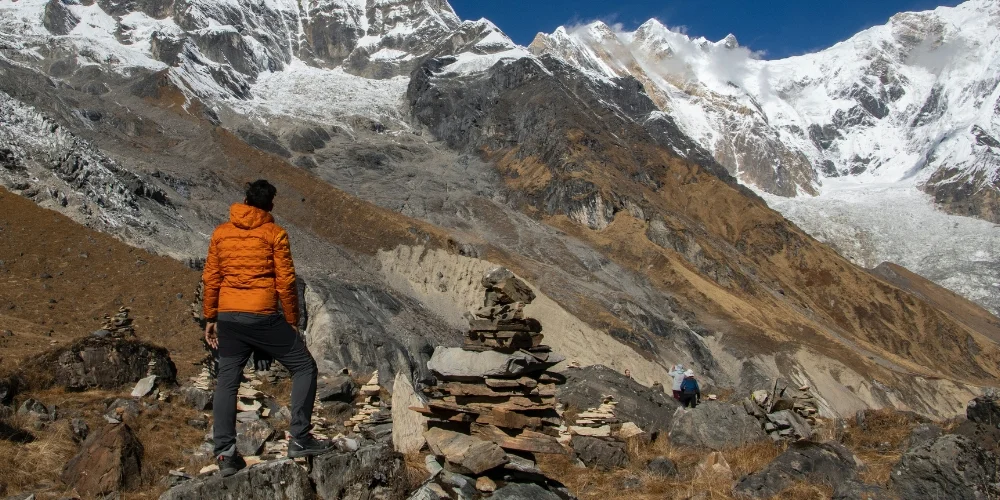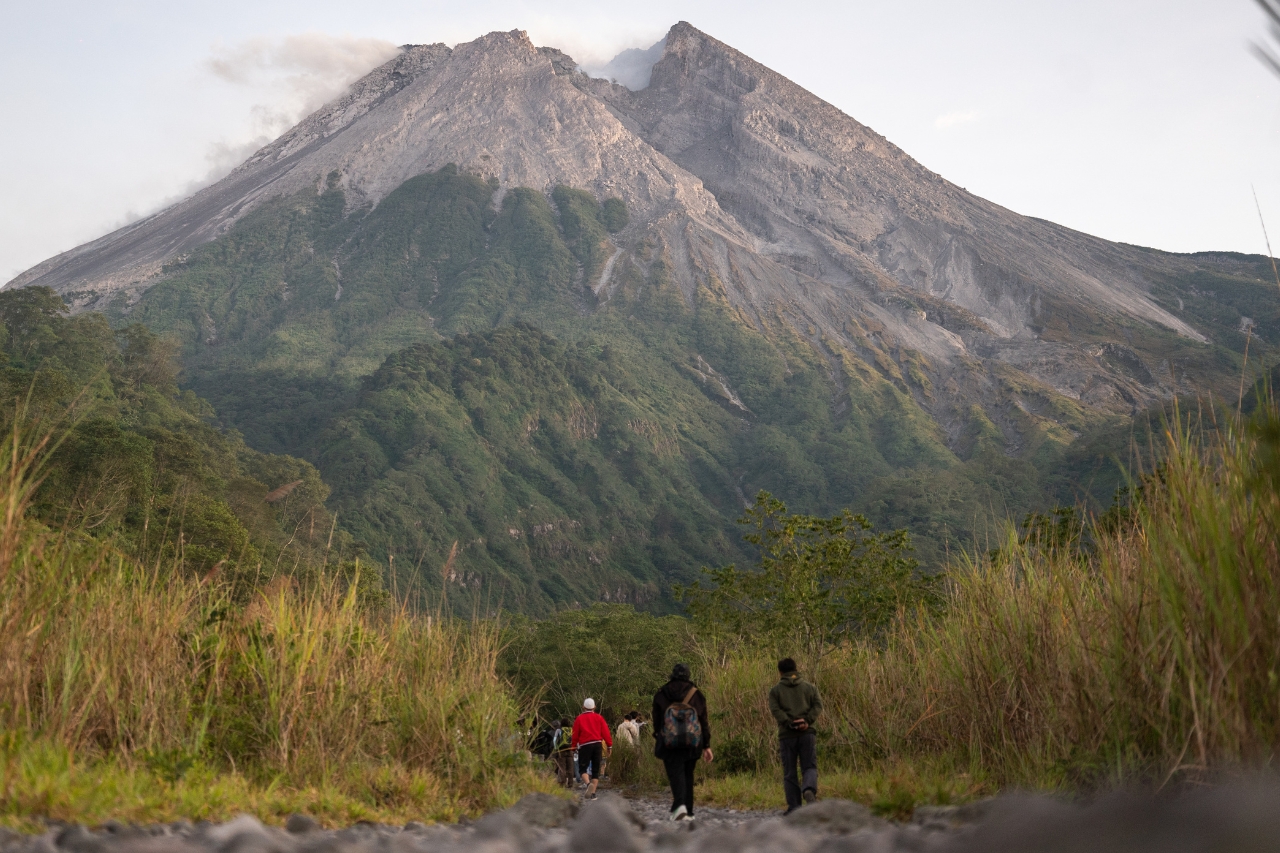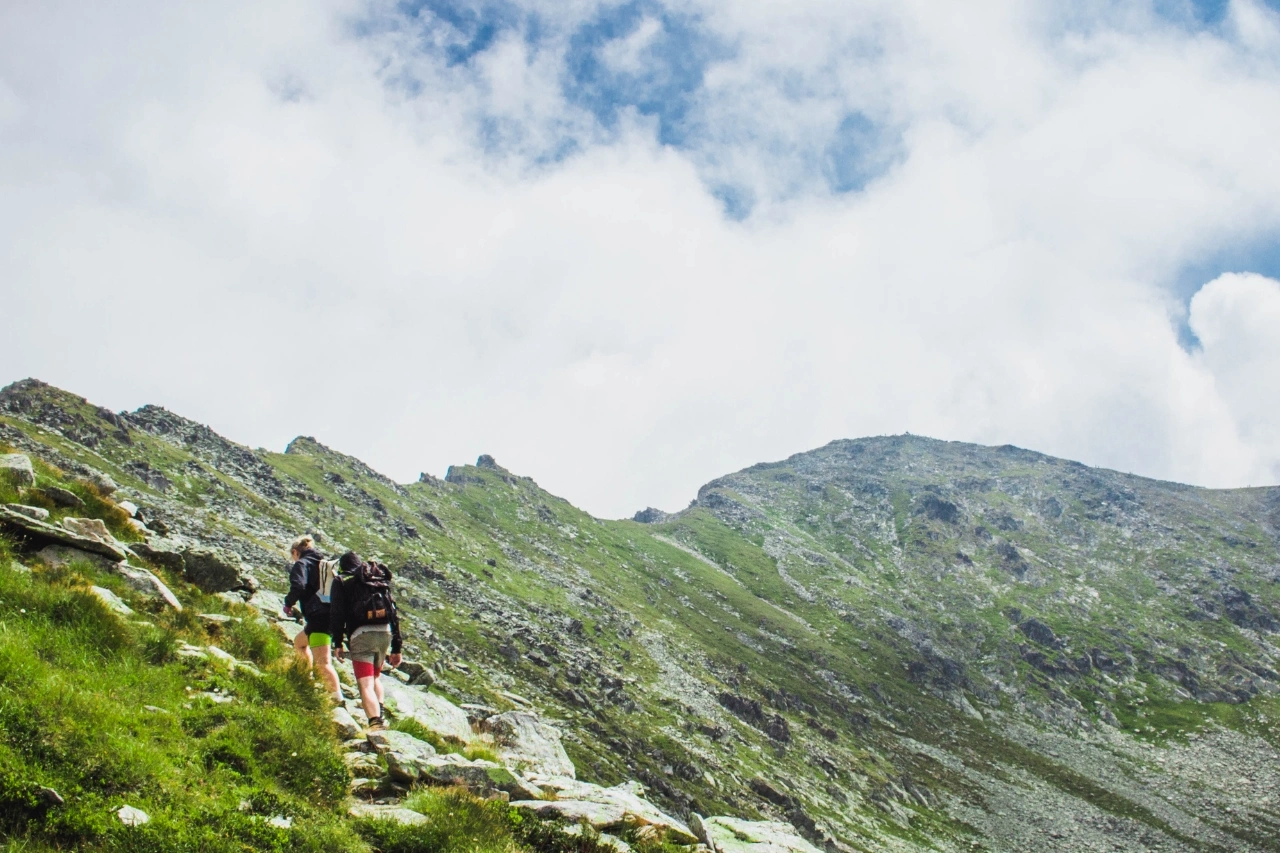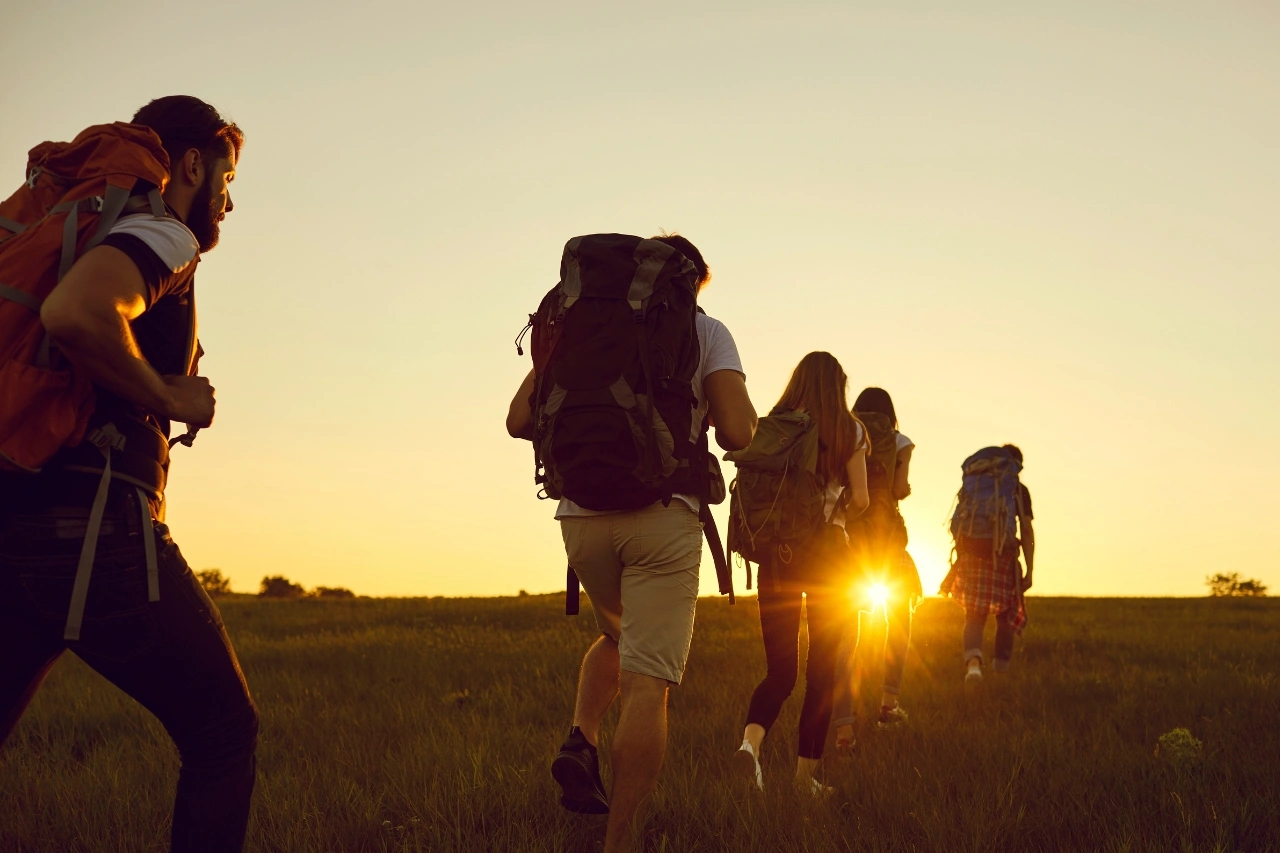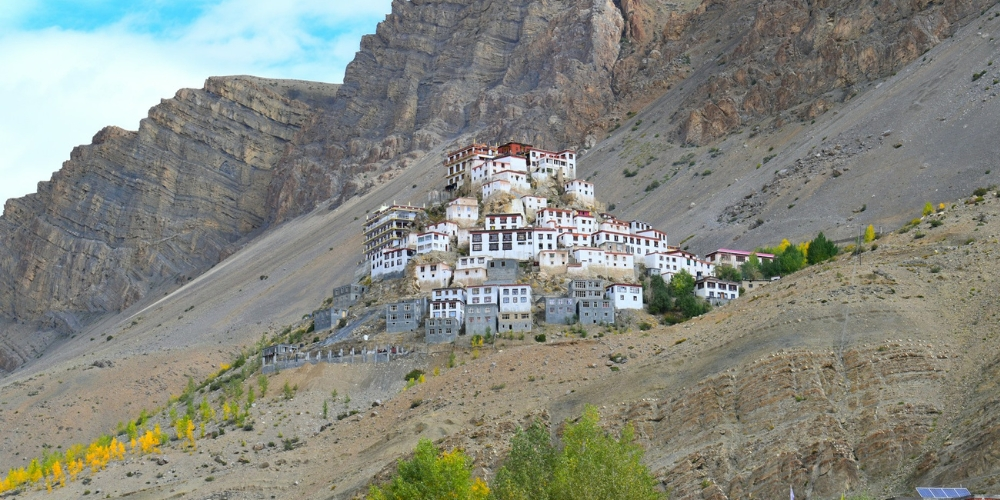
Spiti Valley, a region quite famous among those who dream of traveling, sits high in the mountains of Himachal Pradesh. It lies within the Lahaul and Spiti district. A dry and rough landscape with stunning views separates it from other incredible locations in the nation. Peaceful monasteries surrounded by the tall, snowy peaks are the gem of these regions. Those seeking tranquility and willing to witness the massiveness of nature often visit this destination.
But when is the best time to go? Picking the right season matters a lot. It can change your whole trip. This guide will help you choose the perfect time. Additionally, you will also learn the top adventures to enjoy and where to go in the Spiti Valley.
Understanding Spiti Valley’s Climate
Before you visit Spiti, understand its climate, as this is required to plan an incredible Spiti Valley tour. Winters in Spiti are brutally cold. Temperatures crash to -20°C, and the entire region freezes over under deep snow. It’s beautiful, but survival mode kicks in. It’s a cold desert with extreme weather conditions. Summers, on the other hand, are mild and pleasant. This makes it easier to travel around. The valley receives very little rainfall. And the monsoon season is best avoided. This is because, sometimes, the roads leading to Spiti can be blocked due to landslides.
Best Time to Visit Spiti Valley
Visiting Spiti Valley at the right time means enjoying the adventure you are looking for. Yes, it is indeed an experience that shifts with the seasons. This means you don’t witness the same adventure in every season. In winter, it snows here. In summer, the land is covered with green patches. Also, in each season, you get to witness different things. Let’s have a quick look at the right time to visit the valley:
May-June
The months from May to June are the best time. This is because the season allows you to explore every corner of the valley. In fact, Spiti Valley is one of the best places for trekking in Himachal Pradesh. The roads are clear, wildflowers bloom, and icy streams turn into rushing rivers. These all make the place perfect for road trips, an adventure many youngsters dream of once in a lifetime. In addition, you can also enjoy village hopping and high-altitude treks.
Activities to Do:
- This season, conquer high-altitude treks to Dhankar Lake or Pin Valley!
- Hit the road on the epic Manali–Kaza route—every turn offers an incredible view.
- Step into history by visiting ancient monasteries like Key, Tabo, and Dhankar.
- Wander through Spiti’s three iconic settlements—Kibber, Langza, and Hikkim await.
- At night, lose yourself in Kaza’s star-studded skies—pure magic!
July-August
Spiti lies behind the Himalayas, blocking monsoon rains. The nearby regions get heavy rainfall, but Spiti stays arid. This makes it earn its nickname “Cold Desert.” These are not considered the ideal months in comparison to other seasons. This is because landslides can block the Kinnaur route. Choose this time if you want the valley’s emerald beauty without the crowds.
Activities to Do:
- Witness Spiti magic—lush green valleys and quiet trails.
- Turn your hike into a wildlife safari! Scan for shy mountain wildlife—snow leopards and ibex.
- Explore the Chandratal Lake, and click wonderful photographs of the views.
- If you’re lucky, catch a local festival, such as the Ladarcha fair. There’s nothing like Spitian music, dance, and warm smiles to make you feel at home.
September-October
September is a perfect time for Spiti. The weather is just perfect – not too hot or freezing. Clear skies make it great for hiking and visiting monasteries. Those who are traveling solo should opt for this time. Crisp air, empty trails, and monastery courtyards make this place a photographer’s dream.
Activities to Do:
- Hike across peaceful trails with crystal-clear skies.
- Explore monastery courtyards in their calm autumn setting.
- Catch breathtaking sunset views at Langza, one of the best places to visit in Spiti.
- Experience homestays with locals who offer authentic Spitian hospitality.
- Go on biking adventures along the smooth, open roads.
November-March
The valley ranks among the best snowfall places in Himachal Pradesh. When it snows here, some villages become inaccessible. But even heavy snowfall doesn’t put an end to adventures here. Visitors can still enjoy snow trekking and skiing. But make sure to seek an expert’s supervision. It is the perfect time to visit if you are seeking an experience like never before.
Activities to Do:
- Try snow trekking in and around Kaza.
- Go skiing, but make sure to seek professional guidance.
- Spot the snow leopard on guided winter expeditions.
- Enjoy frozen rivers and landscapes unlike anywhere else.
- Stay in cozy homestays, a place where wood-fired stoves keep you warm while snow falls outside.
The Local Truth: Ask any Spiti resident and they’ll tell you: there’s no “bad” time, just different shades of adventure. Pack for the season you choose, respect the mountains, and Spiti will show you its soul.
Best Places to Visit in Spiti Valley
While the valley is remote and adventurous, many travelers also begin their journey from Shimla. Known for its colonial charm, Mall Road, and nearby spots like Kufri and Mashobra, Shimla is often the first stop before heading deeper into the wild beauty of Spiti, a region that doesn’t just have sights—it is the sight. Every bend in the valley road reveals something extraordinary. Here’s where to slow down and soak it all in:
Key Monastery: Climb up to this 1,000-year-old hilltop sanctuary, where you can see the entire valley. Time your visit for the morning puja (prayer ceremony)—the moments that you spend here will stay with you long after you descend.
Pin Valley: This isn’t your average national park. Trek through rust-colored cliffs where snow leopards ghost between rocks, and blue sheep cling to impossible slopes. Local guides will assist you in exploring the park safely.
Pin Bhaba Pass Trek: The starting point of the trek is Kafnu (Kinnaur). And this incredible trek ends in Mud Village, Spiti. The Kinnaur valleys’ views and the barren Spiti landscapes, the best part of the trek, make your trekking experience memorable.
Langza, Komic & Hikkim: These three villages are a must-visit for you if you have dreamed of exploring the valley. The Buddha statue and ancient marine fossils in Langza, the Tangyud Monastery at Komic, and the world’s highest post office at Hikkim, all fascinate you to a point where you yearn to return here once more.
Conclusion
Visiting Spiti Valley is a dream of Indian youngsters. Its climate and monasteries make it a popular tourist spot for foreigners as well. To experience its true beauty, June is the ideal time. However, you should also pay attention to what exactly your heart is yearning for. If one desires to explore monasteries covered with snow, winter is the best season. On the other hand, summer and autumn are the best seasons for exploring the Spiti’s roads by bike.

